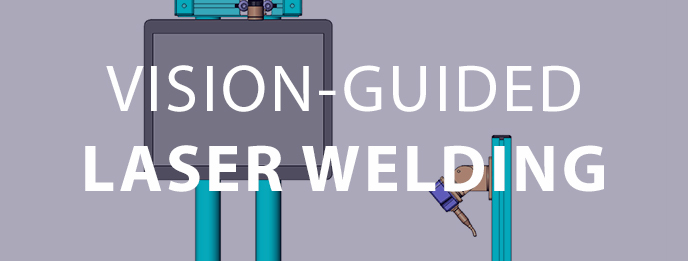
Failure is not an option for the critical weld points on medical devices, automotive sensors, and other complex products. Machine vision can help ensure weld accuracy and quality.
Vision-guided laser welding is a technique that combines automated inspection with traditional laser welding to increase weld quality, improve consistency, and reduce scrap.
When is Vision Guided Laser Welding a Good Fit for Manufacturing?
Vision guidance is used in situations where the combination of tolerance stack-ups, beam diameter, and feature size would cause inconsistent welds.
This typically occurs in manufacturing environments for medical devices, automotive sensors, and other intricate products that require flawless consistency despite tight tolerances, repetitive productions, and complicated assembly processes.
Vision-guided laser welding works best in applications where part tolerances exceed ±75 microns; in these cases, active positioning of the weld joint and/or laser spot are required for an accurate, consistent weld.
Here’s How It Works
A vision inspection system is used to determine where the focal point of the laser energy will land relative to the features to be welded.
Once the offsets are determined, a servo positioning system moves either the terminal optics or the parts to be welded, ensuring the energy is delivered to the correct weld location.
These photos demonstrate the accuracy of a vision-guided laser weld as opposed to a traditional weld. In the first photo, the magenta line is the position of the weld seam. The yellow line is where a traditional laser welding system will place the weld seam. This would produce a rejected part.

In the second photo, the system automatically aligns the laser path with the weld seam. The red welding target is now properly placed on the seam. The result is an approved part each time.

By incorporating vision-guided laser welding systems, our customers automate previously manual weld operations—improving weld quality and consistency, reducing scrap, and increasing throughput.
Get Design Tips for Machine Vision
Vision technology relies on contrast for accuracy during inspection. Keeping this in mind when selecting product components improves performance and functionality.
Share this Post
